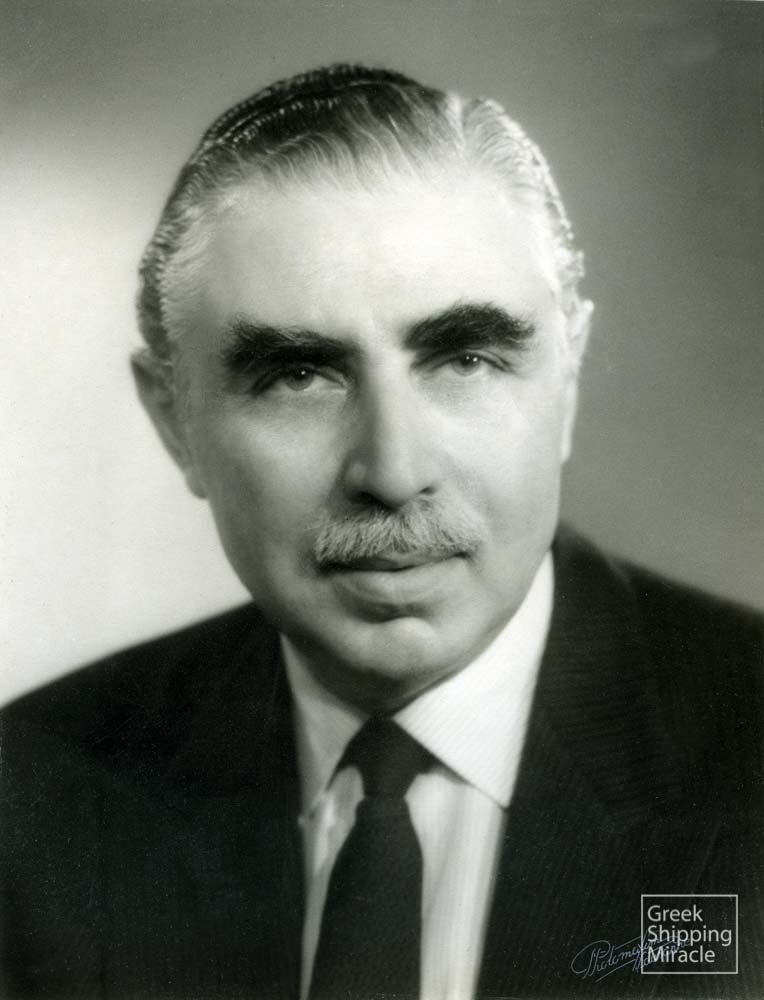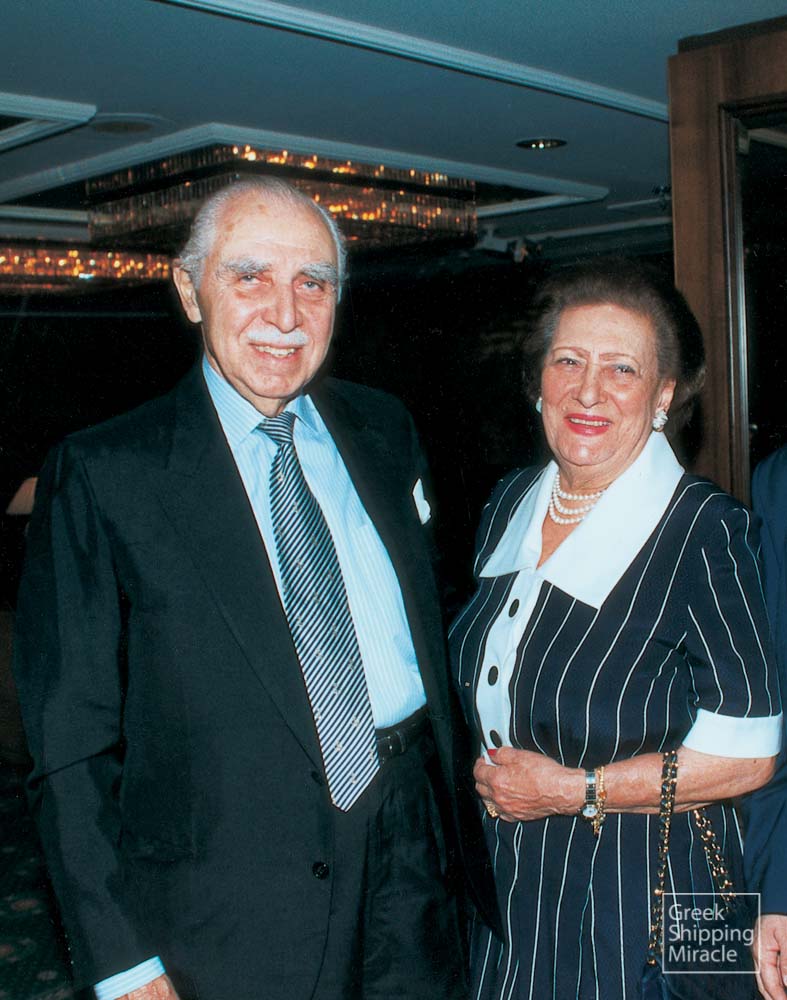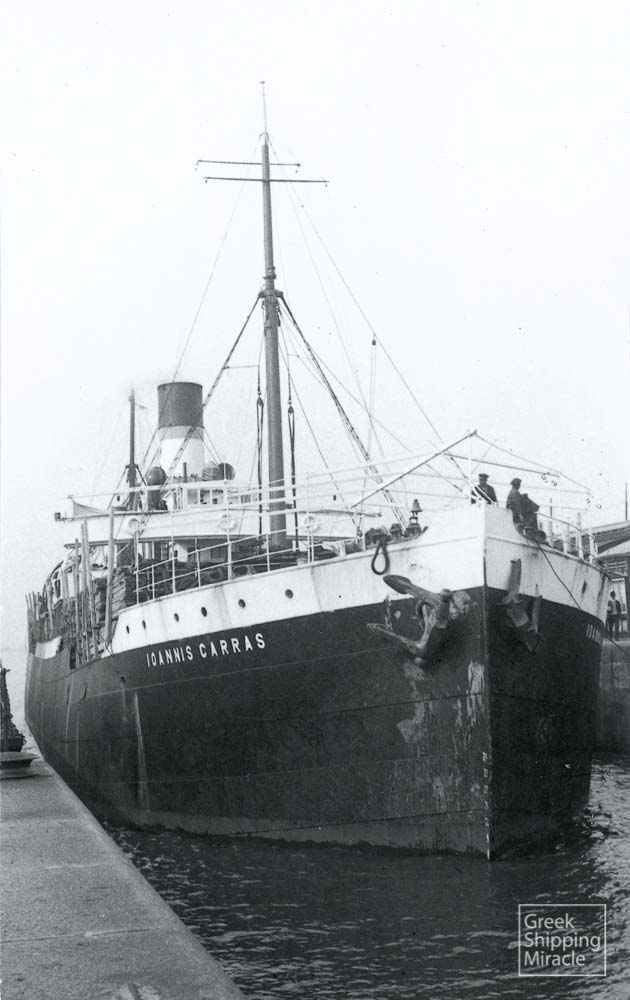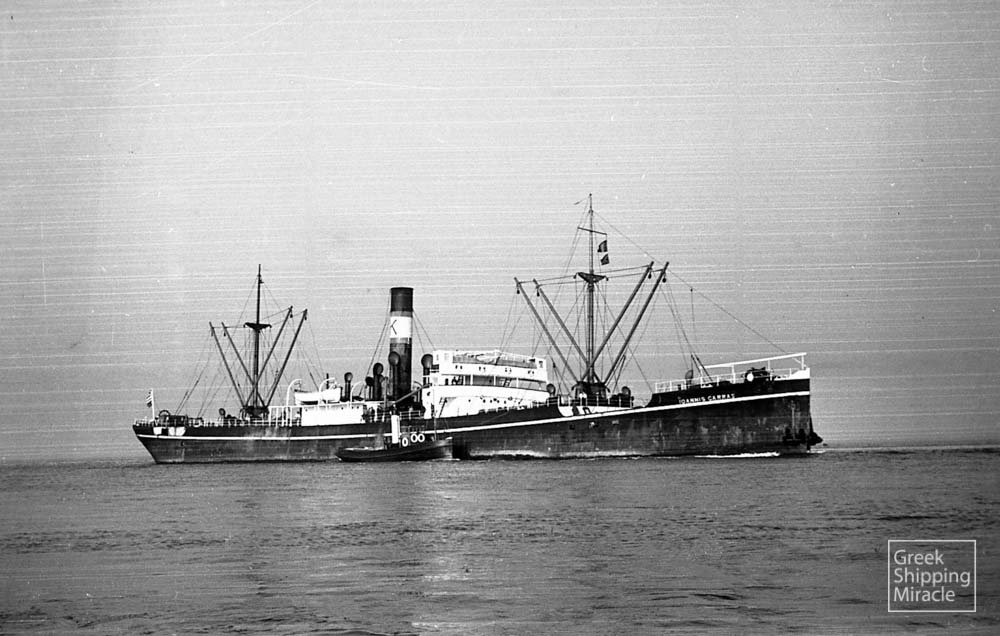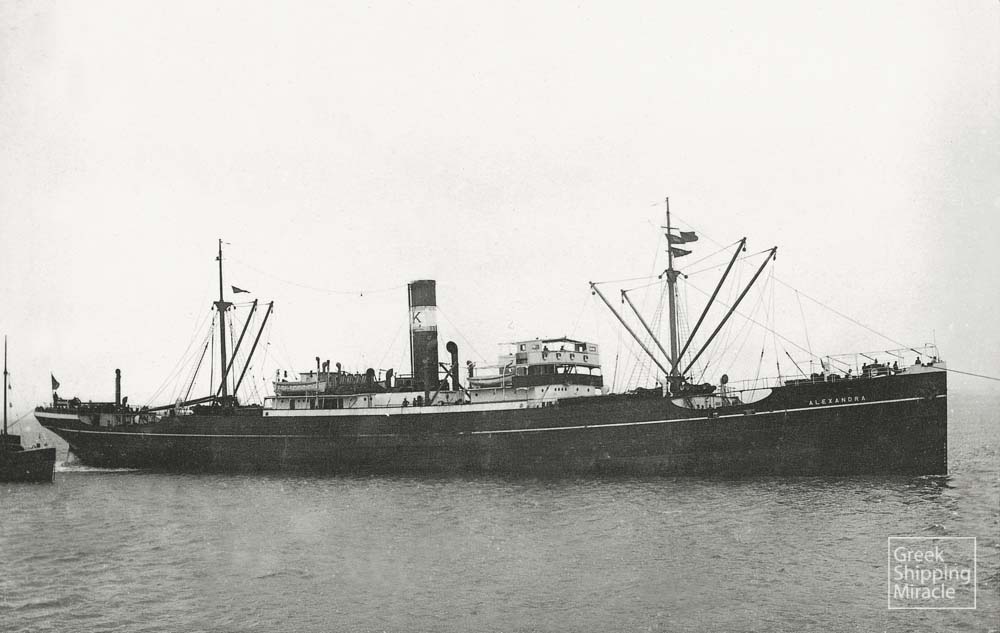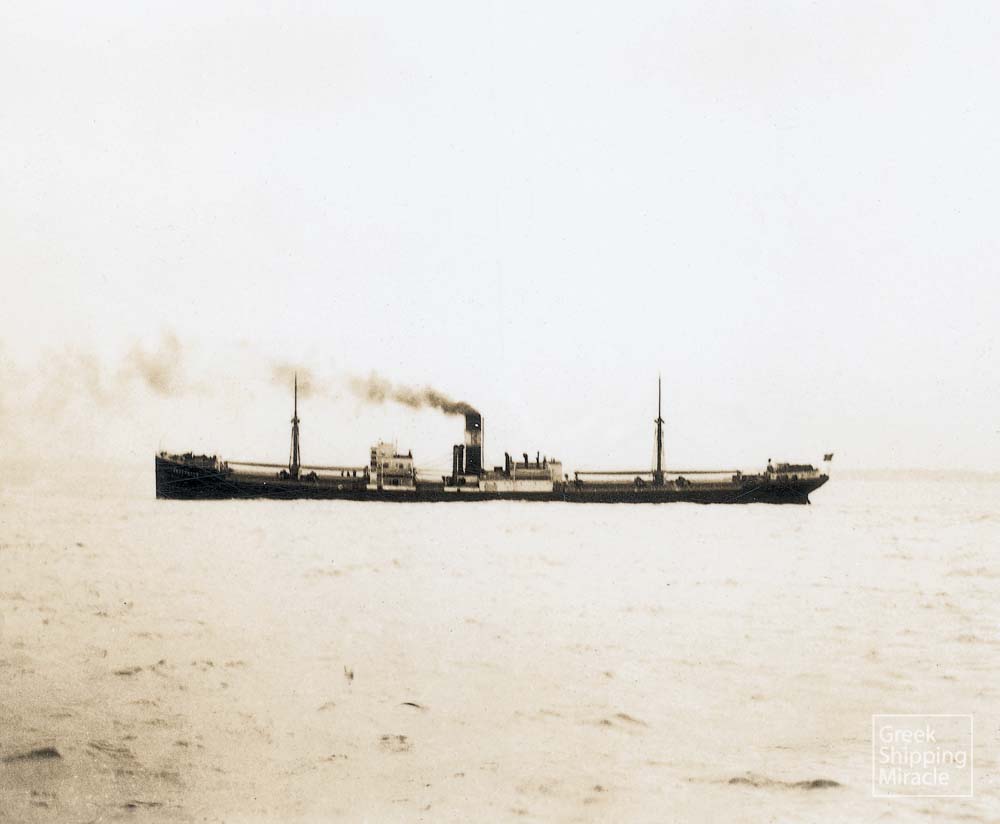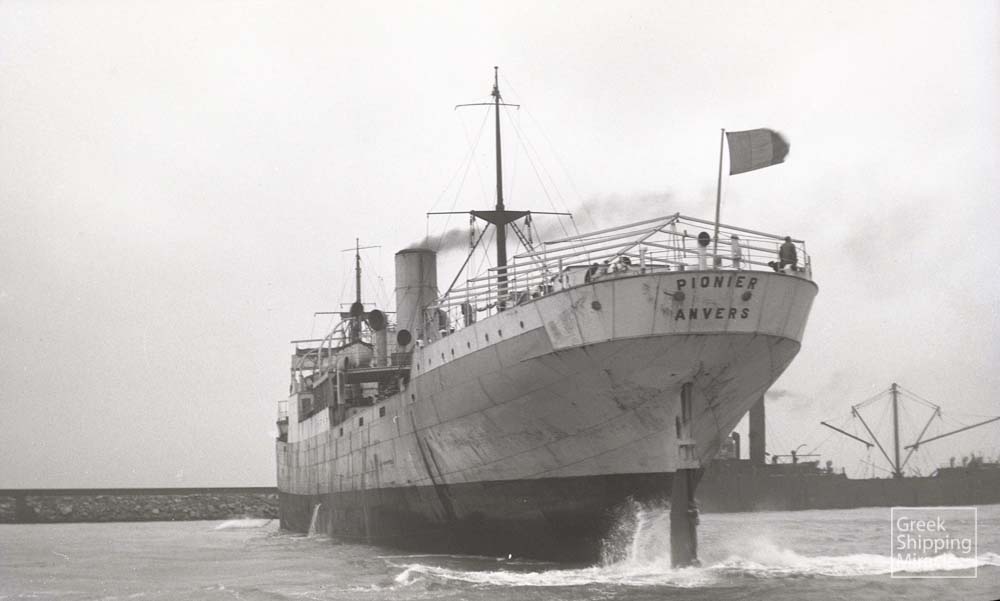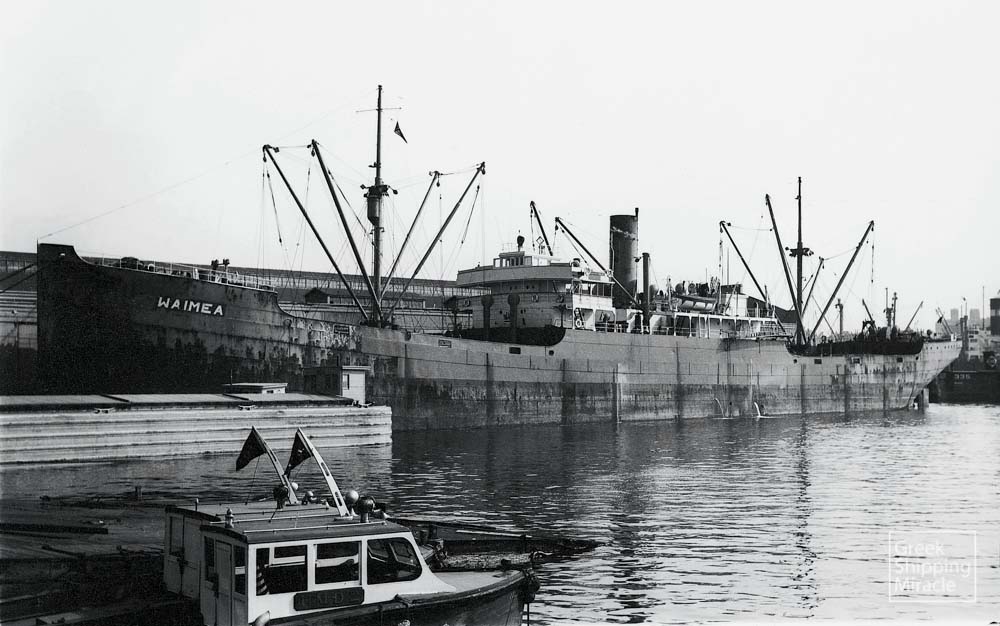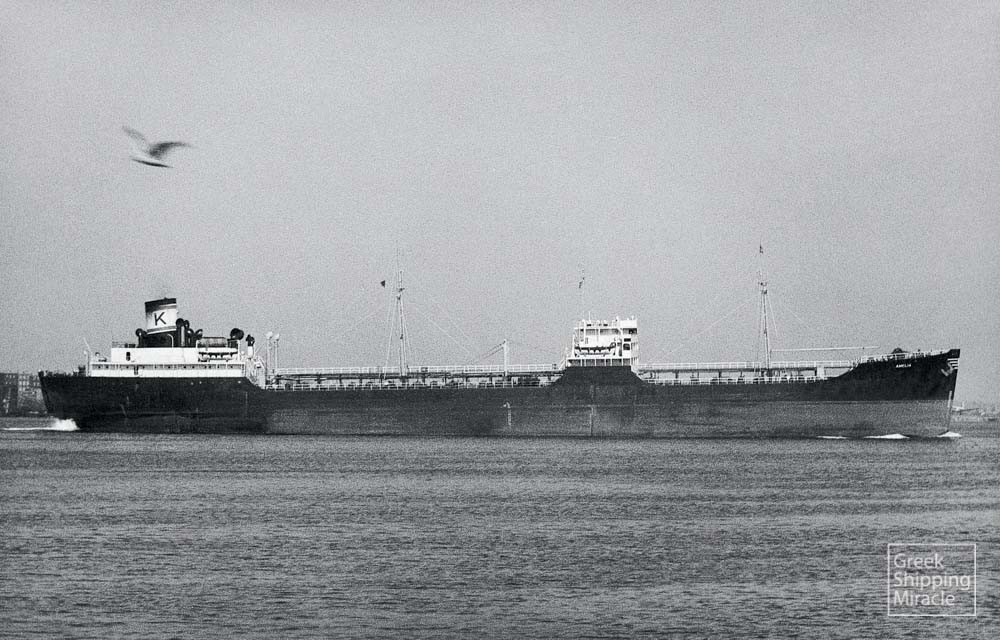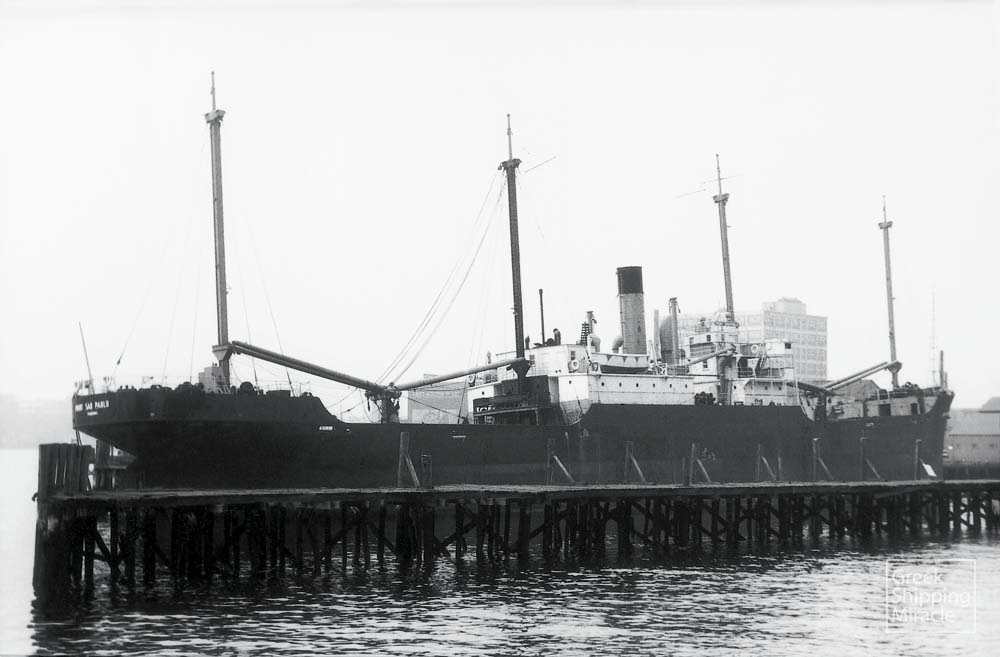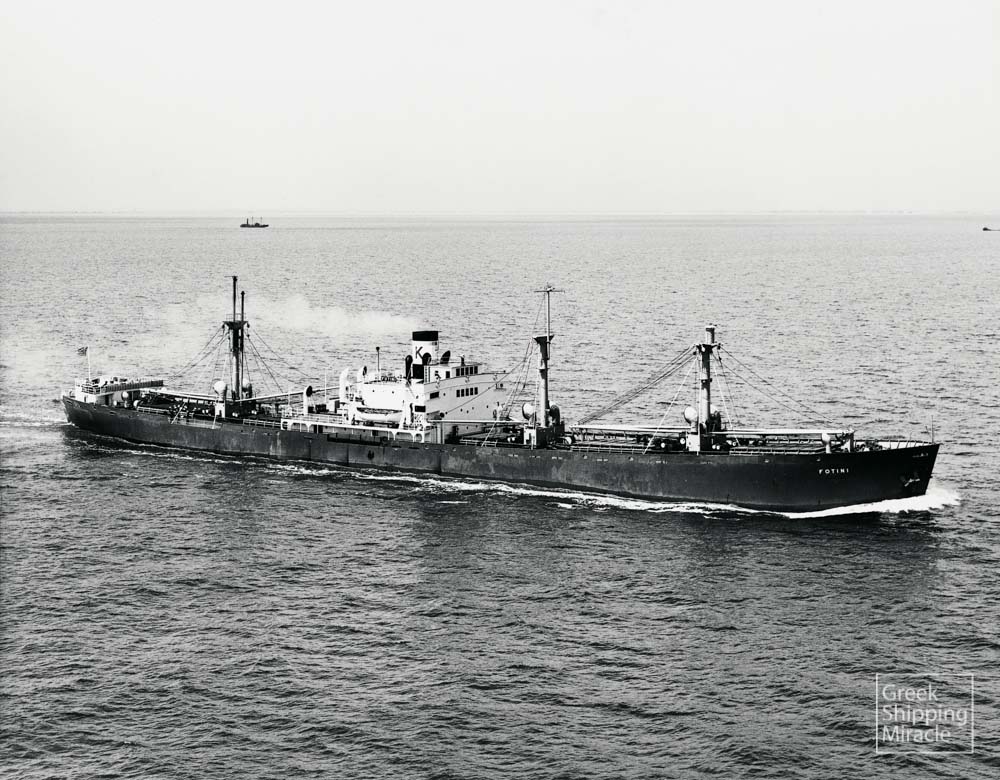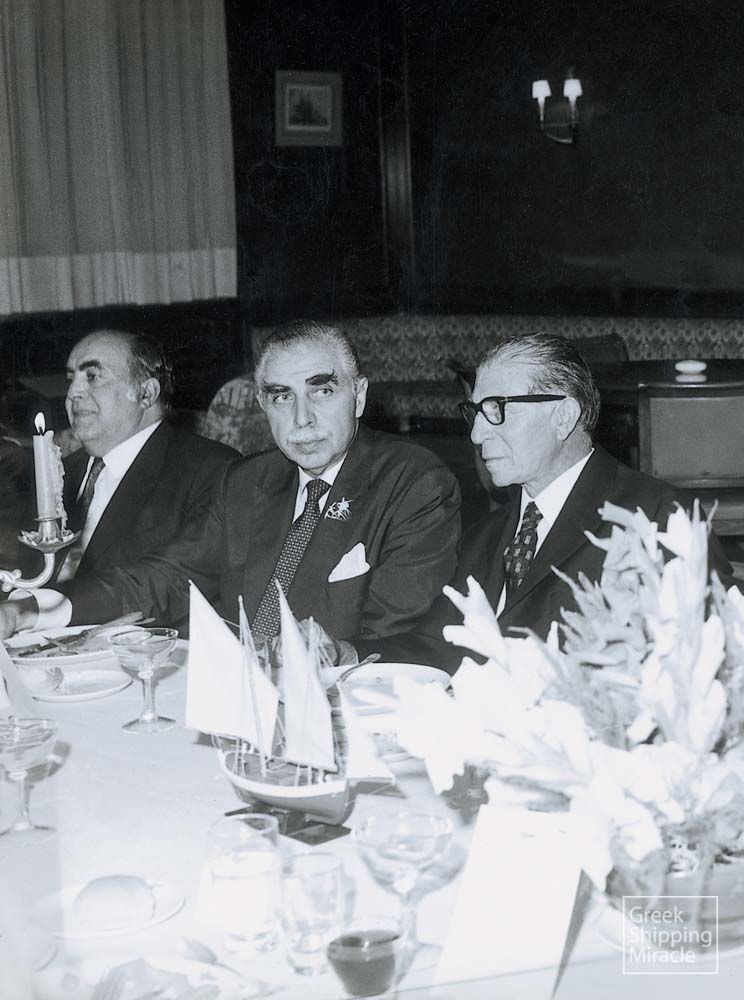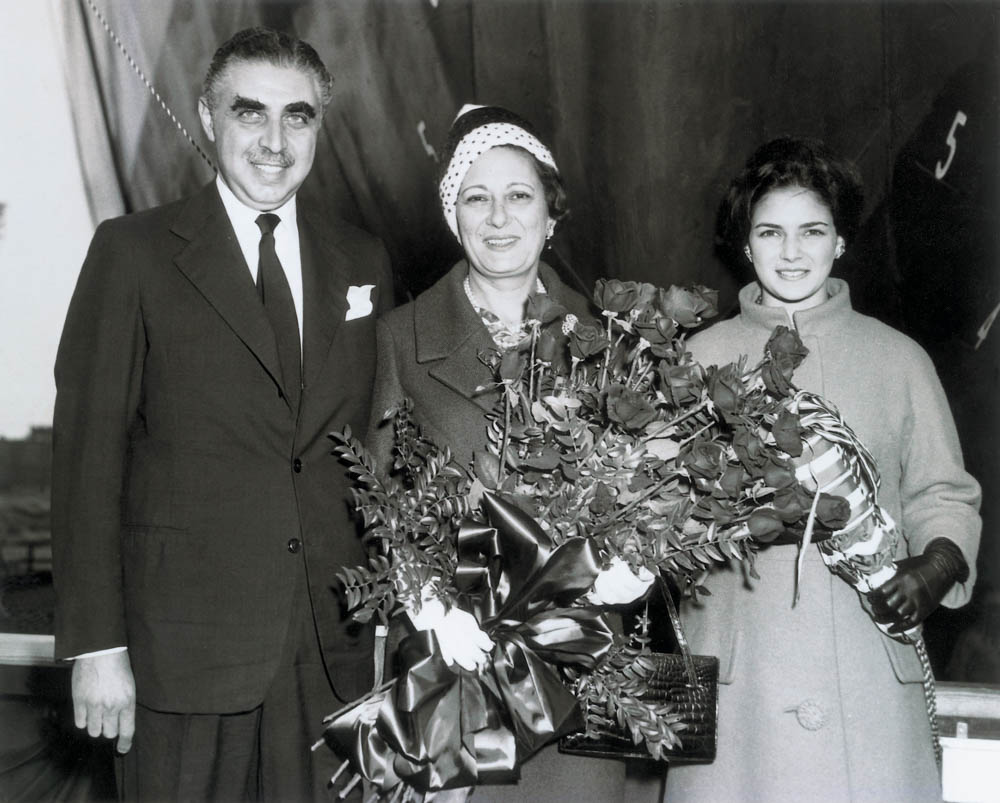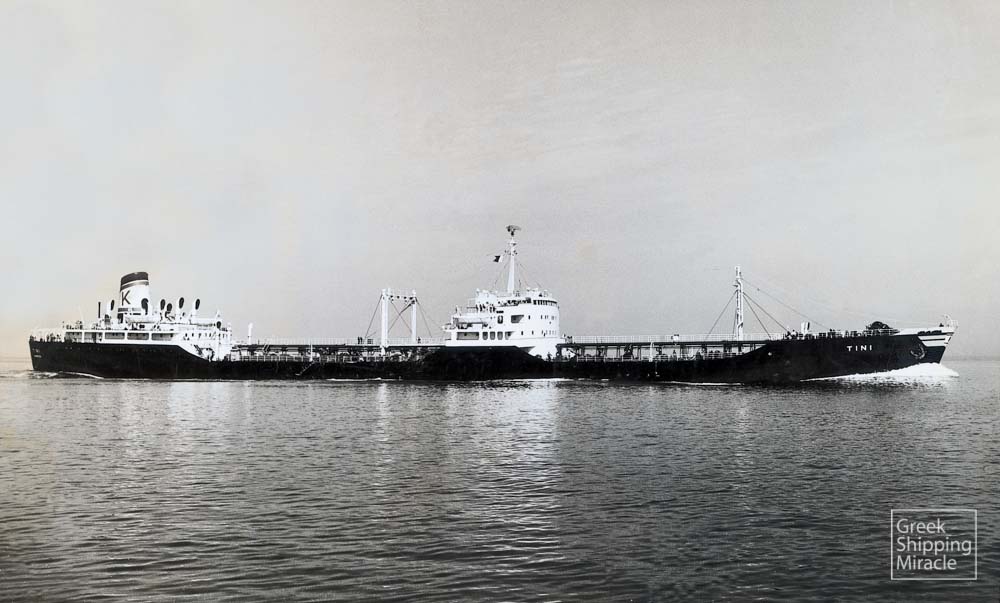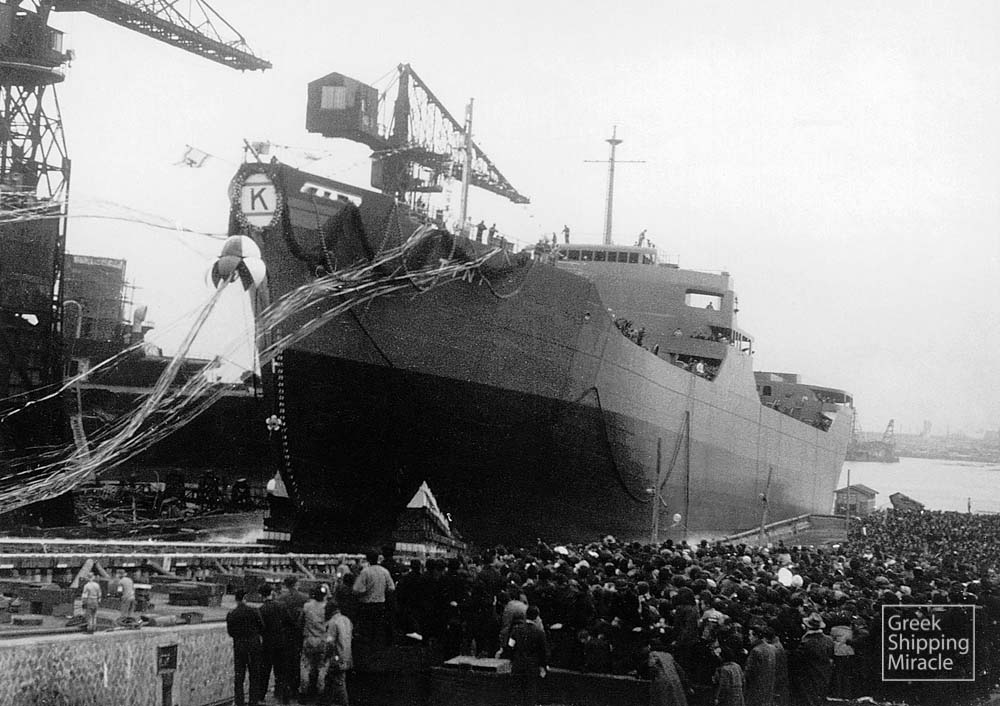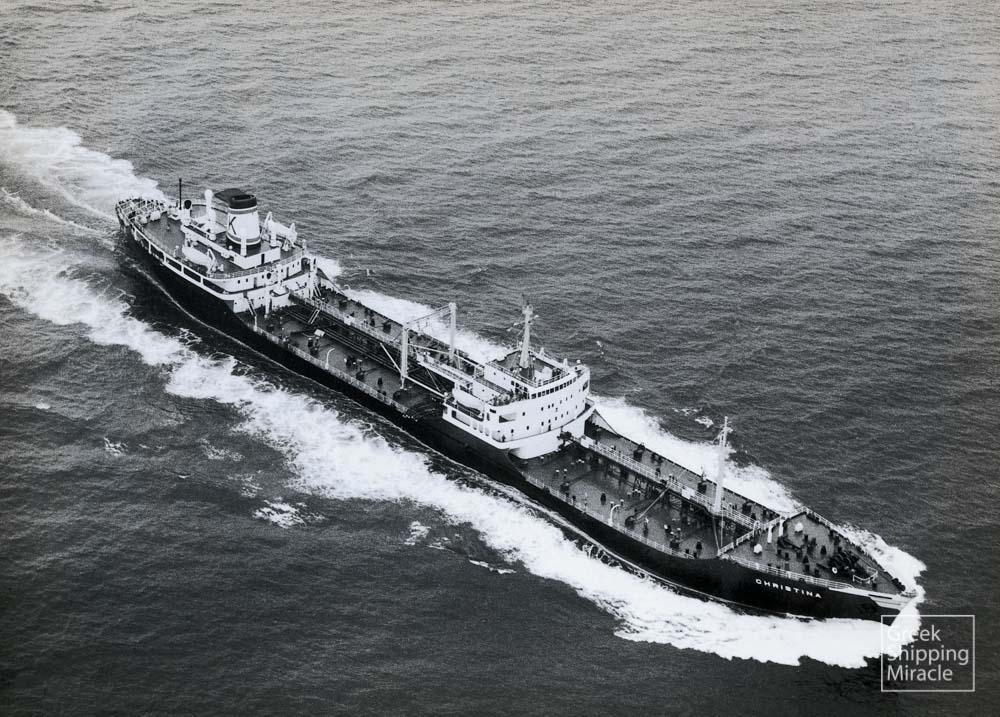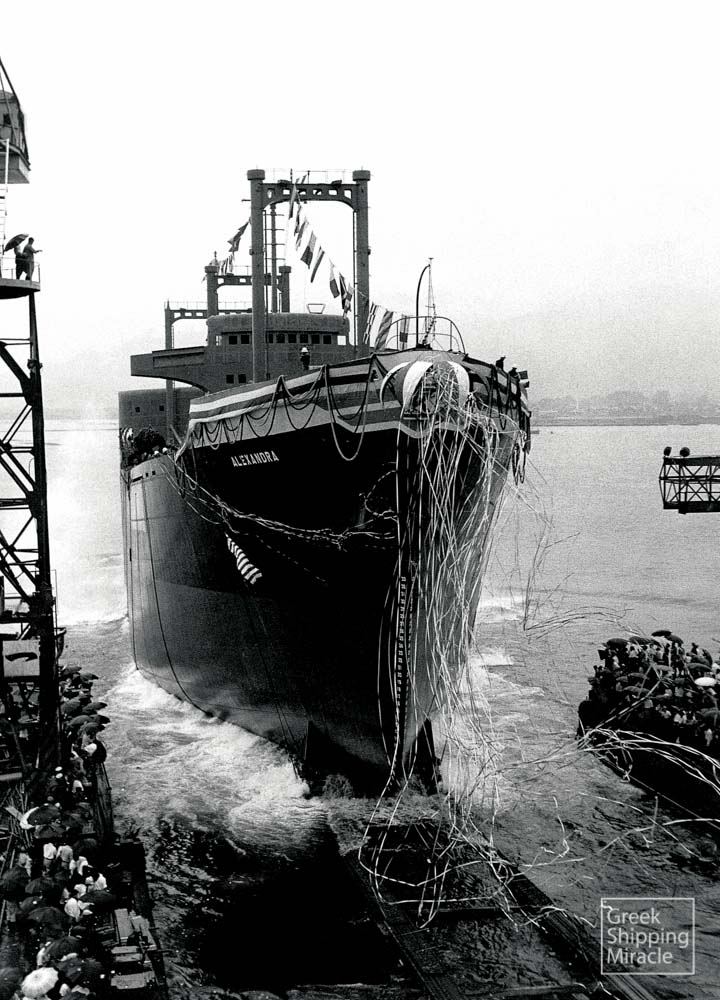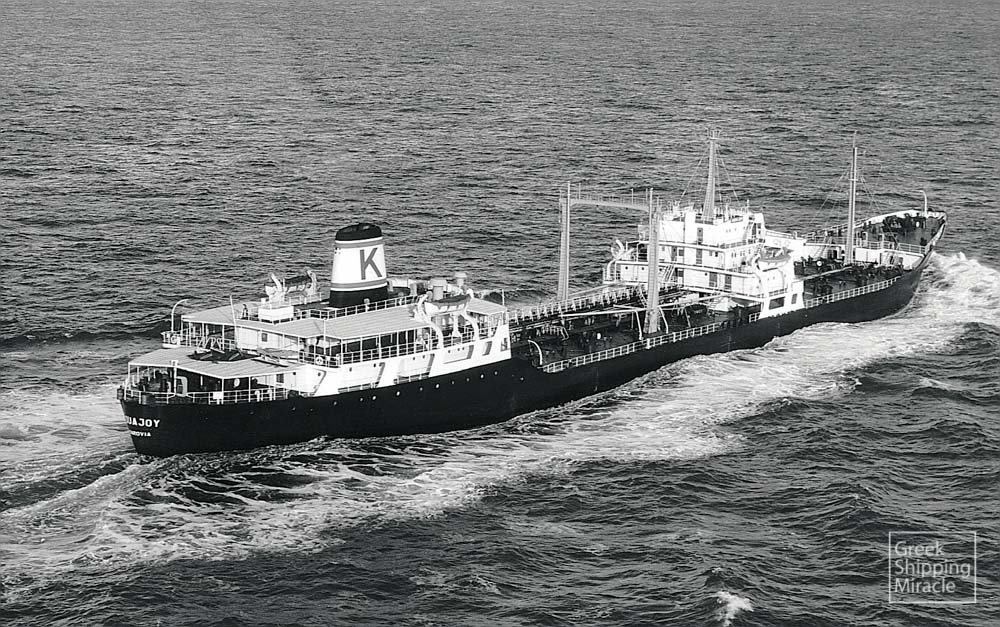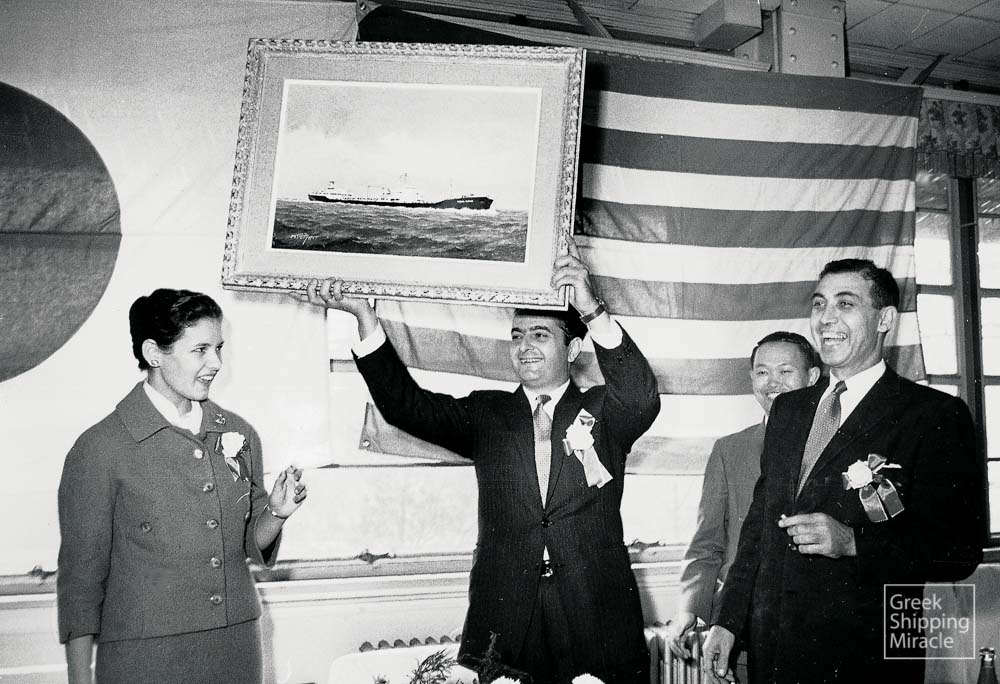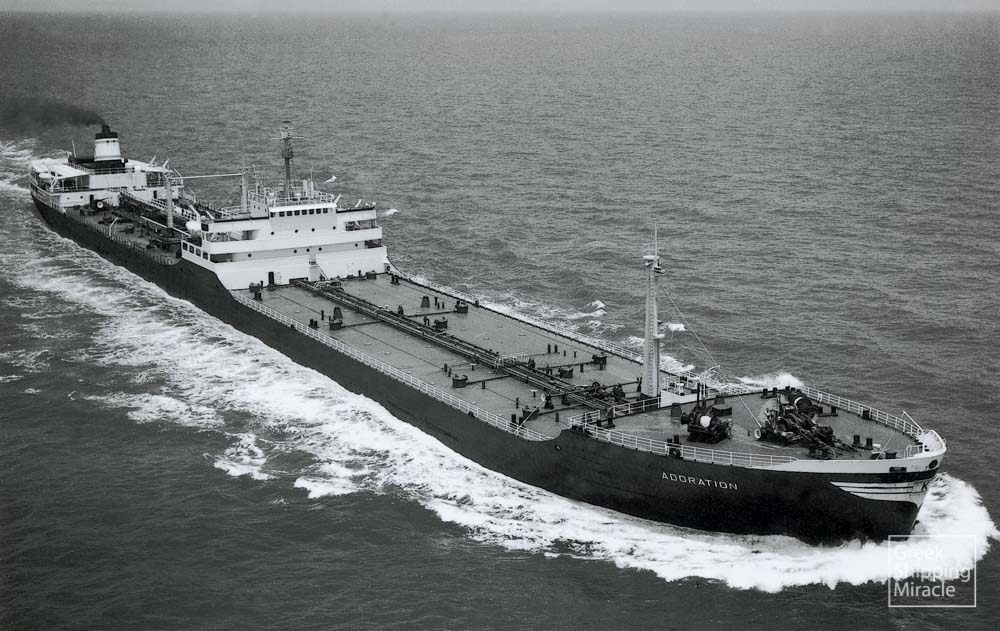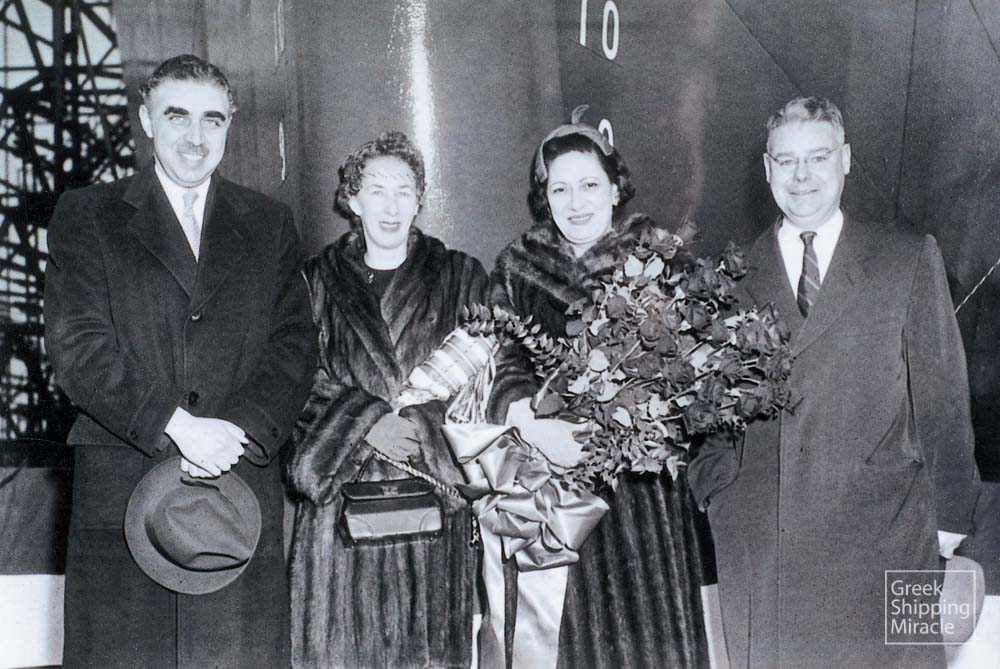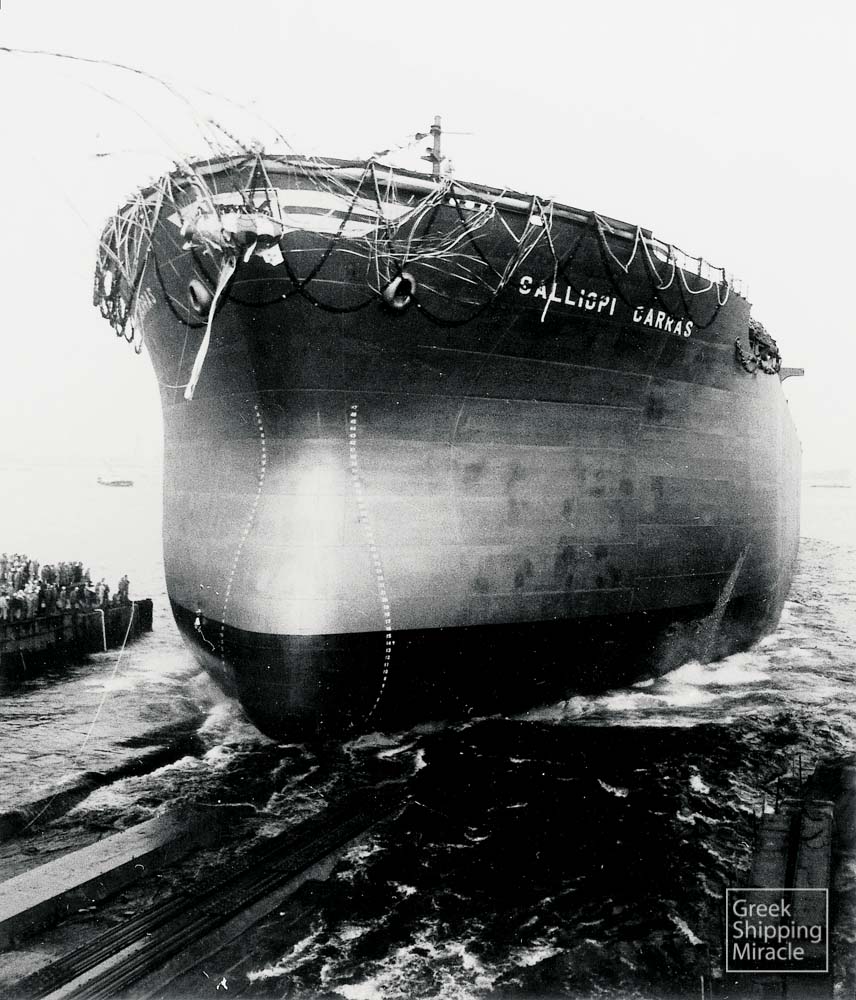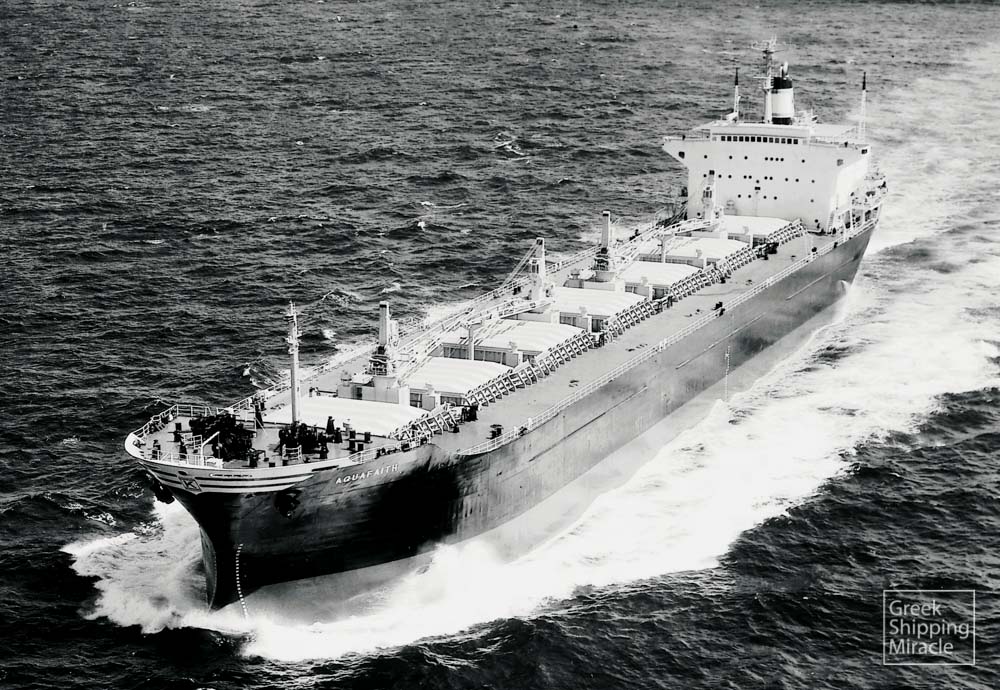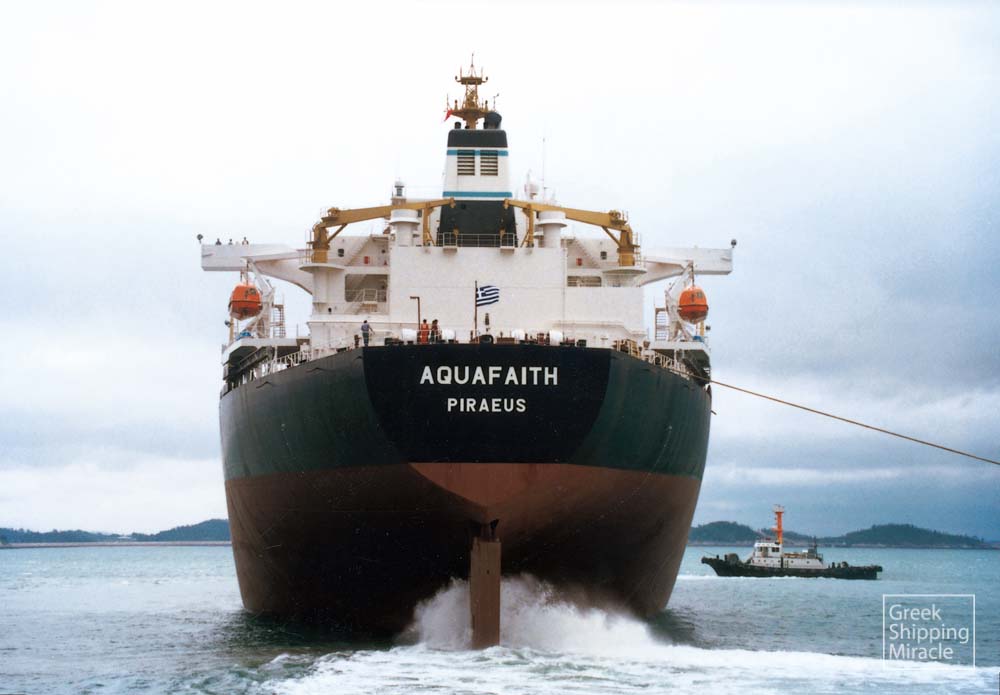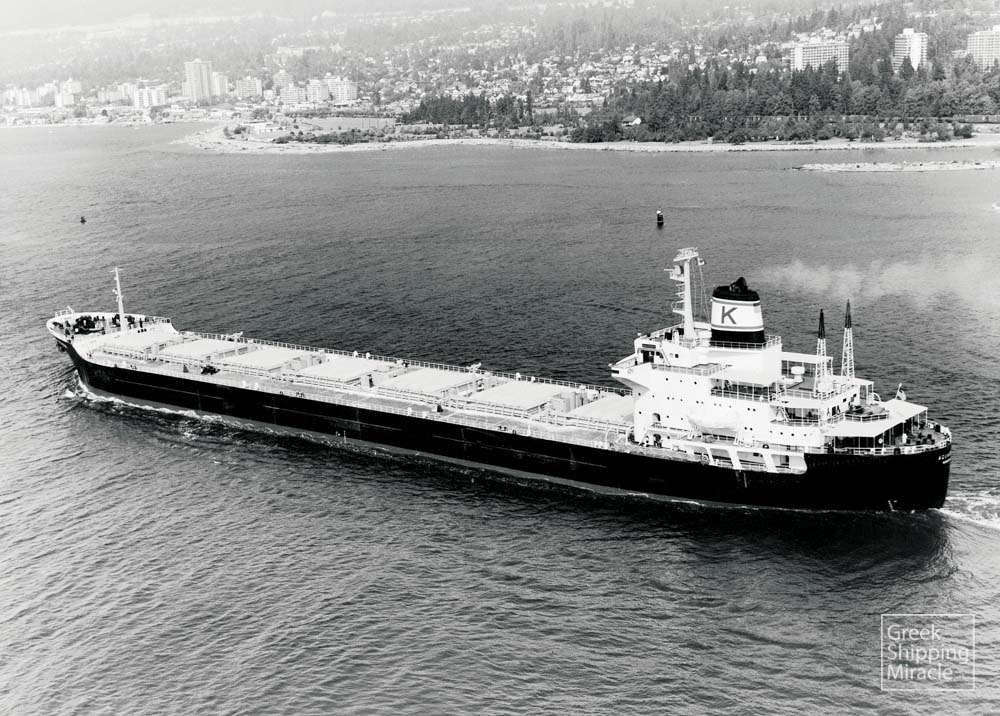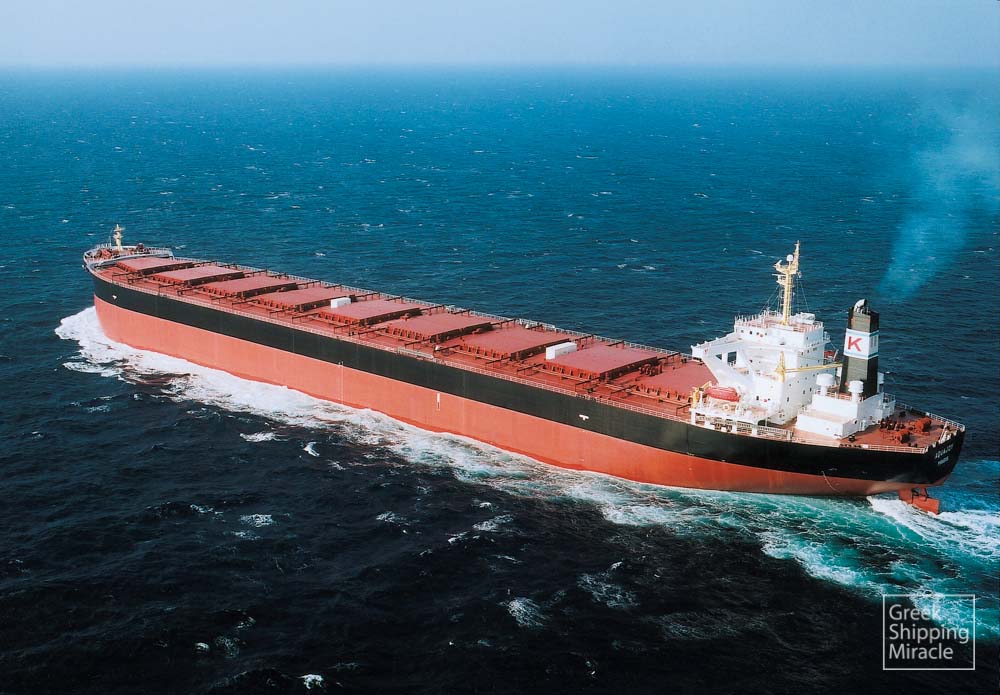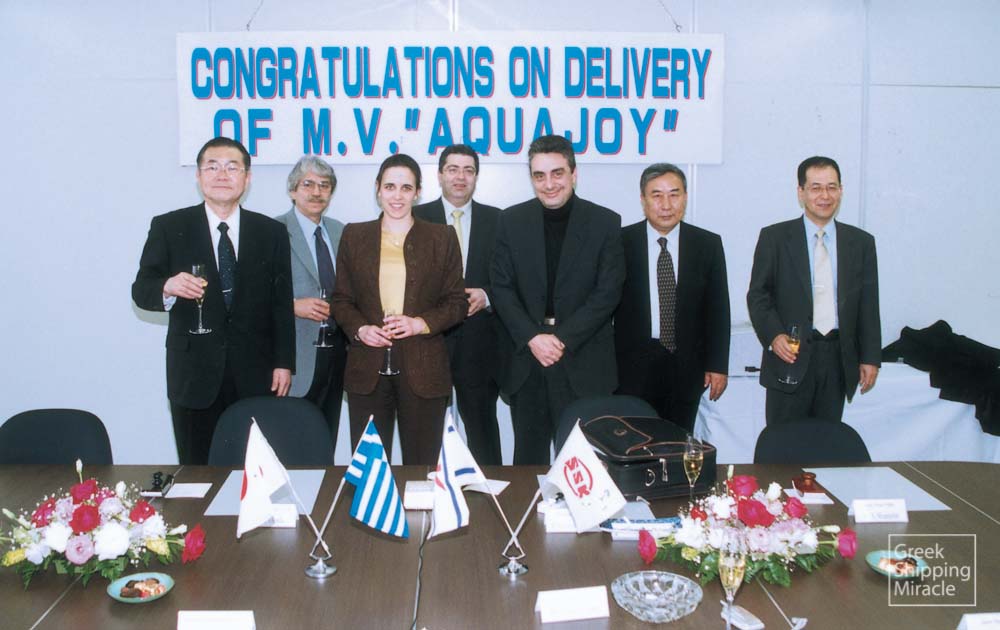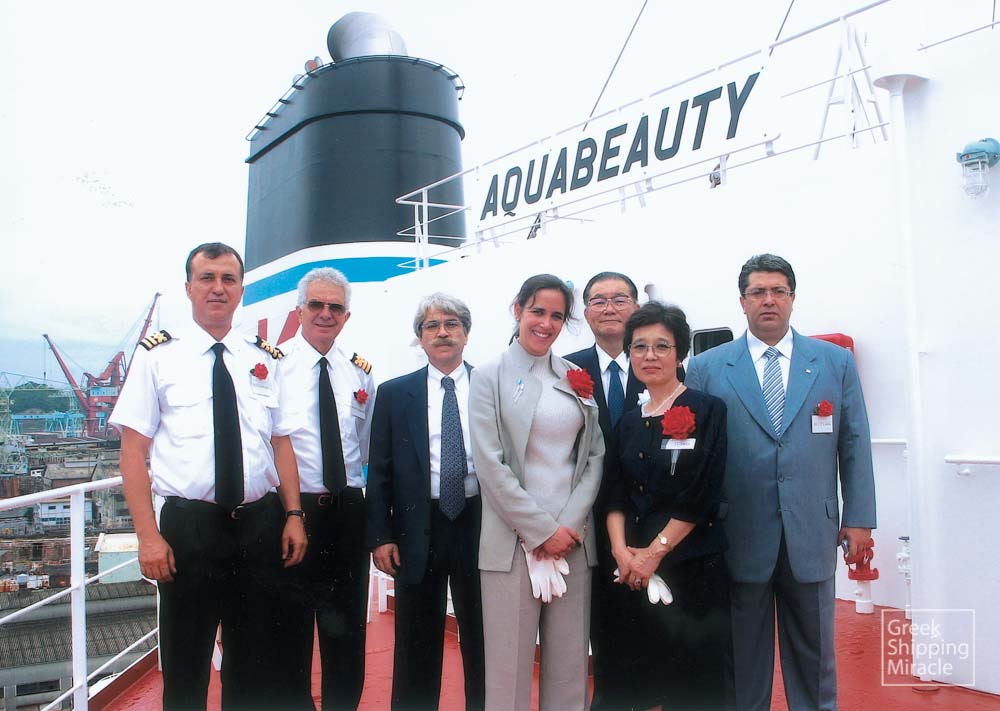Carras (Hellas) S.A.
Carras (Hellas) S.A. was established by the late John M. Carras, one of the most renowned entrepreneurs that performed with vision and demonstrated total dedication within the international maritime arena. His overall performance since the end of World War II, significantly contributed towards the evolution of Greek shipping as a leading power in the world seaborne trade.
Born on the 3rd of April 1916, in Kardamyla, Chios, he was the only child of master mariner and shipowner Michail J. Carras from Kardamyla, and Calliopi née Lemos from the island of Oinousses. In 1936, he graduated from the Hellenic-American Educational Foundation.
The Carras family has traditionally linked its course with the evolution of the contemporary Greek shipping industry. The founder of this important shipping family was the master mariner Ioannis Carras (1852-1927), who, following a successful career as captain and owner of sailing ships, succeeded in transiting into steam navigation in 1908 with the 27-year old Greek steamship ALEXANDRA. This vessel was owned since 1905 by brothers Spyridon and Xenophon Siderides who had developed important banking and commercial activities at Constantinople. At this critical period of his career, the master mariner from Kardamyla was blessed to work close with his three sons who eventually took over the helm of the family business; Constantinos Carras (1875-1969), Michail Carras (1883-1963), both Captains, and Panagiotis Carras (1888-1952) a ship’s engineer.
The progress of the family enterprise was steady and successful. Despite its age, the ALEXANDRA sailed for the Carras family for 16 consecutive years, survived the War and was finally sold in 1924 to Turkish interests. She was replaced in the same year by a younger steamship, the 1908-built FOTINI, while a year later another steamer built in 1906, joined the family fleet as the IOANNIS CARRAS. The family enterprise had already enhanced its operational status, by establishing in 1920 an office in the island of Chios. Furthermore, the representation of their interests in the UK was entrusted to the well-known group of P. Wigham Richardson & Co. Ltd. that had already developed strong bonds with the Greek shipping community thanks to employing Greeks in their London office. Among them was Angelos Lusis, who was later on going to emerge as one of the leading personalities within the London-based Greek Shipping Community.
The family’s decision not to invest in steamship acquisitions during the immediate period after the War when the prices of ships had reached staggering levels prevented them from being financially overexposed and this enabled their slow, but steady expansion. In 1927, one more steamship was acquired and named YERO CARRAS in honor of their father who had passed away in the same year.
Highlighted by the unprecedented crisis that resulted from the Wall Street Crash in October 1929, the 1930s were full of significant developments within the Carras family group starting with the addition of five steamships to its fleet from 1931 to 1936. These ships, namely the IOANNIS CARRAS, the ALEXANDRA, the CARRAS, the ADELFOTIS and the FOTINI CARRAS, were acquired at extremely favourable prices prevailing at the time due to the crisis. However, the family enterprise was finally destined to split just a year before the outbreak of the World War II in 1939. An agreement was made according to which, the steamships ALEXANDRA and CARRAS were taken over by the family of Constantinos J. Carras, the ADELFOTIS and the FOTINI CARRAS by Michail J. Carras’ family, while the ownership of the IOANNIS CARRAS was transferred to Panagiotis J. Carras.
It was further decided that the office in Chios should continue to represent the interests of all brothers. In London however, where the third generation of the family were already residing, two different offices were to stage the Carras family activities. On one hand, the Constantinos J. Carras family represented by the 31-year old John C. Carras, went into partnership with Angelos Lusis and joined the A. Lusi Ltd., established by the latter in 1931, after leaving the P. Wigham Richardson office. The rest of Carras family operated from Carras Ltd., at 7-8 Bury Court Street, St. Mary Axe, London E.C.3. The above company was established in 1938 by the 23-year old John M. Carras, with other directors his uncle Panagiotis J. Carras, Panagiotis Angelos and the British subject R. Lucraft.
The young shipowner did not wait long to show his determination in dynamically expanding his new enterprise. In early 1939, he acquired at favourable prices two 1919-built steamships from the renowned Belgian company CMB, both laid up in Antwerp at the time. One ship was purchased for his own account and the other for his father-in-law Stephanos Difonis, who was married to Maria G. Livanos, sister of Stavros G. Livanos. Because of excessive bureaucracy involving the registration of a ship in Greece at the time, he followed the trend already introduced by other fellow Greek shipowners and had both ships, renamed CARMAR and ILLENAO respectively, placed under the Panamanian flag.
The two ships did not however sail for long under their new ownership. With the outbreak of the War, the prices of ships started rising fast and this led to their owners’ decision of selling them to Japanese interests, the ILLENAO in 1940 and the CARMAR in 1941.
Meanwhile, the FOTINI CARRAS had grounded on June 9, 1939 and became a total loss. Consequently the Michail J. Carras family remained with a single ship, the ADELFOTIS, which also did not survive the War, as it was torpedoed and sunk on May 1, 1943.
Having no more ships to operate, John M. Carras, already married to Athina, née Difonis, decided to immigrate to the United States of America, where many members of the Greek shipping community had already settled since the beginning of the War. Selecting California as his base, he closely followed the developments that, among other things, concerned huge efforts for the rapid replacement of ships that were continuously lost by the fire of the Axis Powers. The United States of America was fast becoming the focus point of the international maritime activity; it was further destined to mark the future of the young and ambitious entrepreneur from Kardamyla.
After the end of the War, John M. Carras moved to New York with his family, and established a small office in Room 212 of the building that was situated at 24 State Street, New York 4.
It was there, that his new adventure in world shipping began in 1946. It started with the acquisition of two cargo ships built in 1917 and 1919, which were placed under the Panamanian flag as the MAKIKI and the WAIMEA respectively. At the same time, his London office began undertaking the management of ships belonging to other owners from Kardamyla, like Stephanos Perivolaris and Panagiotis Angelos. The same office provided invaluable assistance in facilitating the entrance in 1949 of yet another shipowner from Kardamyla in the international shipping arena, Captain Nicolas D. Papalios.
In 1947 John M. Carras made his first entry into a field that was destined to offer him world recognition over the following decades, that of the tanker industry. During this year he acquired through the American enterprise J. M. Carras Inc. established in Wilmington, Delaware, a three-year old T2-type tanker which he renamed ALEXANDRA and one year later, two more similar ships, renamed MICHAEL and TRINITY respectively, all three trading under US flag. Five additional Liberty-type American-flagged cargo ships, acquired between 1947 and 1951, traded under his management over a short period of time. The acquisition of further dry cargo tonnage together with the Greek-flag FOTINI –one of the 100 legendary Liberty ships that were sold to Greeks by the US Government in early 1947– created the need for relocation to new offices, both in New York –at 21 West St., New York 6– and London –at 9, Union Court, Old Broad Street, London E.C.2. At the same time, John M. Carras’ offices undertook the representation of ships acquired by John G. P. Livanos, also from Kardamyla. The latter, was endeavouring at the time to re-establish his shipping activities that eventually led to the creation of a huge shipping group, CERES in the next decades. In the context of the above co-operation, George P. Livanos, the 20-year old nephew of John G. P. Livanos, and heir to his business, started working in the New York office gaining invaluable knowledge of the shipping industry by John M. Carras himself. The bond between the two men became even stronger in the following decade when George P. Livanos married Fotini, the first-born daughter of John M. Carras.
Following the above initiatives that established John M. Carras as a well-known operator within the post-war international shipping arena, it was the right time to invest in newbuildings, especially tankers. From 1951, when he placed a significant order for the construction of four big tankers of 20,000 dwt each, at the Japanese Hitachi Zosen K.K. shipbuilding facilities at Osaka and Innoshima, he went on either to reinforce or renew his fleet only with high specification newbuildings. He followed this trend up to the very last days of his long career, with very few exceptions.
The delivery of TINI in 1952, the first steam turbine tanker built in Japan for export in post-war years was a significant milestone for the global shipbuilding industry, paving the way to many Greeks to follow in his footsteps. The contribution of Greeks to the growth of the post-war Japanese shipbuilding industry, that had been devastated during the War, was catalytic, with John M. Carras fully deserving to be considered as the pioneer in this effort.
By observing closely the developments within the market and always looking for the best, John M. Carras was constantly renewing his contacts with shipbuilders of the rapidly developing Japan. In addition to the four aforementioned tankers, he placed orders with Nippon Kokan K.K shipyards at Shimizu and Yokohama for the construction of four more tankers, two of 20,000 dwt and two of 40,000 dwt capacity, which were delivered in 1957 and 1958. In the meantime he renewed his dry cargo fleet by replacing the Liberty ships with three ships also built at Nippon Kokan K.K. facilities and delivered in 1956 and 1957.
His newbuilding orders were also diversified towards the country that had significantly contributed to his post-war progress, the USA, where two high-specification tankers named ADORATION and MAYFLOWER, were built and delivered under Liberian and US flags in 1957 and 1961 respectively.
However, the most celebrated period of John M. Carras’ newbuilding activity, which highly contributed to the establishment of his group among the leaders within Greek shipping, is that between 1965 and 1969. In the course of these five years, he took delivery of 14 newly-built ships from three major Japanese shipyards, Uraga Heavy Industries, Mitsubishi Heavy Industries and Ishikawajima-Harima Heavy Industries. The above newbuildings included 8 bulk carriers, a fast-rising type of ship at the time, resulting to the establishment of his group among the top players in this important sector of the world seaborne trade. It is worth mentioning that from that point onwards and until the end of his fruitful career, all newbuilding additions to his fleet were bulk carriers.
What characterizes John M. Carras’ options concerning the renewal of his fleet, is the period of time that he opted to invest in newbuildings. He was one of the first shipowners that vigorously entered in the field of tankers in the early 1950s and maybe the only one who did not invest in tankers after the end of the 1960s. It has been rumored that most of his ship acquisitions were paid in cash. If this is the case and given that the majority of his own tonnage went direct from his management to the shipbreakers, he succeeded in utilizing all positive shipping cycles, a fact that explains the continuous enhancement of his business status.
He always avoided hasty movements. Even after the catastrophic crisis of the 1980s and while he was in position to radically renew his fleet following a 20-year long absence from newbuilding activity, he opted to buy a few second-hand quality bulk carriers and also acquire two newbuildings that were already built to the order of other interests, one of them from a South Korean shipyard.
Perceiving that the aftermath of the crisis would bring in new trends within the global shipbuilding industry, such as the gradual evolution of South Korea as the leading shipbuilding power, as well as the need for drastic improvement in ship design, he did not hesitate to await for almost a further decade before placing a newbuilding order. This time his order was placed with Halla Engineering & Heavy Industries Ltd., in South Korea for the construction of four capesize bulk carriers of 167,000 dwt each, which were delivered in 1997, marking his return to the shipyards after almost 30 years.
A true believer of the endless power of the sea, John M. Carras made a step further just after the millenium, by placing orders, once more in Japan, for the construction of another five capesize bulk carriers at another renowned shipbuilding facility, Sasebo Heavy Industries Co. Ltd. His sense of timing was once more absolutely perfect, since the ships all delivered by the end of 2003 coincided with the biggest blast of the freight market that was ever recorded since the end of the War.
It goes without saying that the overall success of John M. Carras in the international shipping arena was by no means accidental. He was one of the very few persons in the industry that had both the knowledge as well as a clear picture concerning the evolution of world shipping. He spent no less than 70 years of his life as an active shipowner, maybe a unique record in world shipping history. He worked on an almost daily basis until the end of his life, being constantly informed on all international developments that could affect the shipping environment. At the same time he never presented an obstacle to his associates in taking initiatives and assuming responsibilities. He used his wide knowledge and wisdom offering his advise to the younger generations maintaining that they had achieved much more compared to his generation. His deep interest for the youth and for their overall education was repeatedly demonstrated throughout his life, mainly by generously supporting the Hellenic-American Educational Foundation, where he obtained his own education. He was actively involved as a member of the board of the Union of Greek Shipowners for many years offering his invaluable knowledge and experience and adding authority to its overall work. Even at the end of his long career, he found the means to express his faith in the future of the industry. He was over 90 years of age when he co-operated for the first time with a European shipbuilder by placing an order for the construction of six capesize bulk carriers in Denmark’s Burmeister & Wain historic shipyards, ignoring the dominance of the Far East in the shipbuilding sector.
Apart from a truly outstanding career in shipping, John M. Carras was distinguished for his extremely low profile and modest way of living. He was always close and fully devoted to his family, keeping at a great distance any kind of publicity. He was married for over 70 years to his beloved wife Athina, mother of their four daughters, Fotini Livanos, Eugenie Radziwill, Alexandra Vourecas-Petalas and Christina Lemos.
John M. Carras was active until the end of his life and passed away on the 15th September 2008, leaving as legacy his great work in the field of global shipping for over seven decades.
